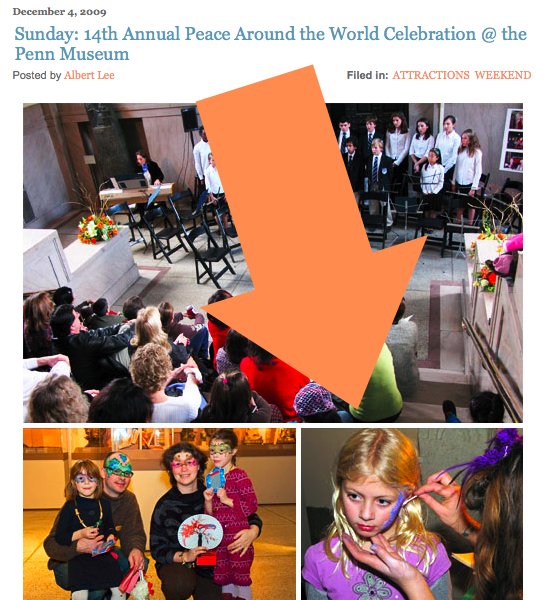
- We’re dedicated to teaching the whole book, but not the whole video.
- This does a disservice to our kids.
- They don’t know how to read NBC.
The Whole Story:
I’ve been using Ma Vie en Rose as we examine childhood and narrative in Sexuality and Society in Literature. It’s accompanying our reading of Peter Pan.
In Shakespeare, we’re looking at Elizabeth.
In Grade 11, the kids watched pieces of The Taming of the Shrew and Deliver Us from Eva in their study of the print version of The Taming of the Shrew.
As such, I’ve been looking for resources.
I found this.
It says loads of things, but this is what got me thinking:
There is no rule that says a video must be shown from start to finish. While some films have valuable content throughout and are good to show completely, sometimes individual scenes are all that are needed to achieve the goal.
Take out “video” and “shown” and all the rest and make it apply to books.
My students are reading / assigned to read each of the book-based texts in their entirety. We look at arc, language, character change, etc. The temptation, though is to watch clips of the films as though they are lacking for arc, language and character change.
Over the last few weeks, students have asked if we’re going to finish the films. They’ve never asked the same of books. Now, this might be because they’ve conditioned into believing they will always read a book from cover to cover. I’d argue they don’t care as much.
For Ma Vie en Rose and Elizabeth, I’ve decided to show the full films. Grade 11 is on a new unit and so Shrew won’t fit.
My great-aunt Barbara recently commented that it wasn’t until recently that she realized she didn’t need to finish every book she started. She’s in her 70s and has decided she’s not wasting any more time on books she doesn’t like. She got that belief in finishing every book from somewhere. If they’d had video to use in her classroom when she was little, I don’t imagine she’d have gotten the same message.
This all leads to the bigger point. We’re doing our students a disservice when we don’t teach them how to watch movies. We’re doing them a disservice when we don’t teach them how to watch TV.
Books are the coin of the realm, for now. That is only because of who is governing the realm.
You want to get a room of adults interested in education on your side? Stand in front of them and bemoan the prevalence of television and hulu and youtube and all other video mediums. Complain about how kids aren’t reading books, but Hollywood is making millions.
I guarantee nodding heads – television’s the devil.
No one taught them how to watch television – certainly not in the same way they were taught to read. Television and movies, for the vast majority, don’t exist as rich, valid texts.
I’ve friends who proudly proclaim they have no television in their house. Oftentimes, these proclamations are met with, “I wish I had that kind of self-control.” Why?
We would be a little weirded out if someone declared they had no books in their house.
Yes, video and the printed word are different and ask the brain to do different things. That’s not a statement of worth. There are good books and bad books. There is good video and bad video. The difference is we spend years teaching students how to refine their tastes and understanding of what are good books and almost no time on video.
Perhaps teachers a few generations decided to take the “ignore it and it will go away” tack in response to the advent of video. It hasn’t worked.

 An organization created to collect and award scholarships from the sales of
An organization created to collect and award scholarships from the sales of 





